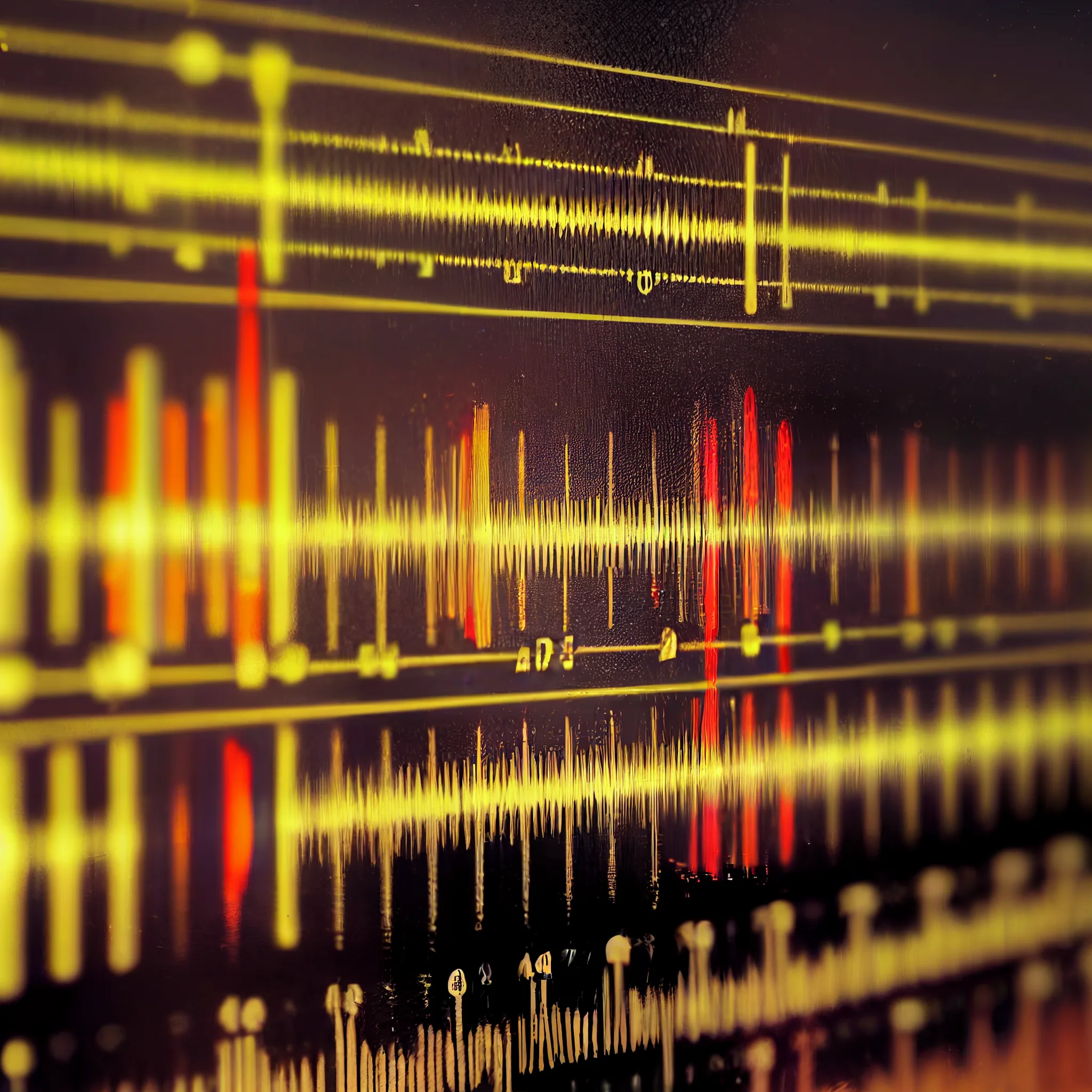What is Speaker ID for Law Enforcement?
In the realm of audio analysis for law enforcement, Speaker ID stands as a crucial component alongside subtitles and Speech-to-Text (S2T). While S2T excels in recognizing spoken words and converting them to text, Speaker ID introduces an additional layer by identifying the individual who uttered those words in a conversation involving multiple participants. Essentially, Speaker ID associates specific words with a particular person, enhancing the depth of audio analysis.
How It Operates: Complex Voice Analysis Algorithms
Employing intricate algorithms, Speaker ID measures voice frequencies, conducts spectral analysis, and monitors various factors such as cadence, speech speed, pitch changes, and more. Post-training, the system gains the capability to distinguish a particular voice among many others, attributing all spoken words to the identified individual. This proves especially beneficial in transcribing conversations with multiple speakers, contributing to a clearer understanding of dialogue dynamics.
Use Cases in Law Enforcement: Enhancing Communication Interception and Transcription
Speaker ID finds frequent application in the security domain, particularly in operations involving the interception of communications, where the identification of specific voices is paramount. Additionally, it plays a pivotal role in advanced transcription systems, such as Probus, when transcribing conversations with multiple participants, ensuring accurate attribution of spoken words. This is particularly valuable in legal proceedings, trials, or during the transcription of conferences with numerous speakers. Training is an essential step in the implementation of this system, as with most AI algorithms, to enable the recognition of specific voices.
Advantages of Implementation: Improved Dialogue Understanding and Transcription Clarity
The primary advantage lies in the ability to discern individual speakers within a conversation involving multiple participants. This facilitates the association of each person’s contributions, enhancing comprehension of dialogue sequences and enabling precise attribution of spoken content to each participant. Furthermore, it significantly improves the readability of transcriptions, offering a clearer and more organized representation of the spoken interactions.
In summary, Speaker Identification emerges as a valuable asset in law enforcement audio analysis, providing a nuanced understanding of spoken content within complex conversations. Its applications extend to communication interception operations and transcription scenarios, contributing to enhanced situational awareness and investigative capabilities.This technology is integrated in Intelion.












